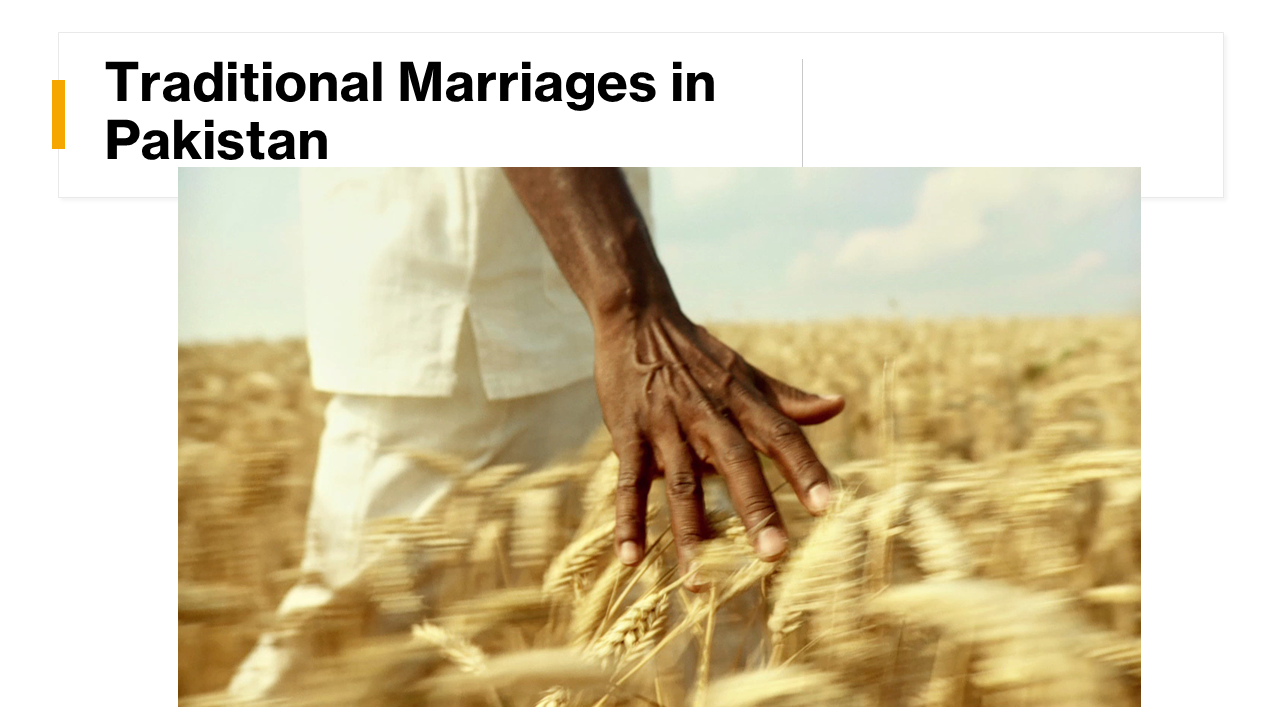Through the centuries, the traditions of marriage in Pakistan have been maintained in the culturally routine ways of arranged marriages. These were largely endogamous marriages. Parents or other senior relatives in the family arranged the marriages of men and women in such a way that they married within an extended family, clan, or tribe. Often, spouses were more or less directly related to each other.
The Benefits of Arranged Consanguineous Marriages
The arranged consanguineous marriages secured the necessary endogamy that allowed the family to maintain its social and financial status. Potential spouses have descended from the same ancestors and belong to the same kinship. These were first cousins, first cousins once removed, and second cousins. Such marriages have been culturally common in many traditional societies because these settings provide an easier way to preserve family assets and alliances within others (Akrami et al., 2009; Hamamy, 2012; Shawky et al., 2011).
In another place, I explain how consanguineous marriages preserve cultural homogeneity in a society.
Arranged Consanguineous Marriages in Pakistan
Like many traditional societies of the past and present, marriages in Pakistan have been mainly arranged inside extended families to retain riches within the family, keep the bloodline clean, and exert control over the married couple’s decisions. Cousin marriages pursued the utilitarian goal of keeping land or property in the family (Ahmed, 2022; Shaw, 2006).
Families also wanted to enhance their alliances with other families. “Marriage was viewed as an institution that built or deepened the link between families that needed each other’s support” (Khurshid, 2018, p. 98). In the case of any marriage problems that a daughter or son may have, it is easier to come to the home of the family than to the home of a stranger to discuss the troubles.
There was a cultural prejudice against those who married beyond the family group and kin. Others scolded and grumbled, especially when problems emerged, about deviations from commonly accepted marital practice.
Cultural Expectations of Consanguineous Marriage in Pakistani Families
In a prospective marriage, neither men nor women would wish to marry someone with whom they have an attraction or love. They did not intend to form a relationship with their future spouse. Men, and especially women, marry whomever their families choose in order to be at ease. Love and romantic attraction were sacrificed for the sake of socioeconomic stability and practical family interests.
Marriage was rather a practical matter of economic suitability, financial security, and social respect. For women (typically uneducated) and their families, the most important things were to get a home and find a man who could support her and their future children with resources. Marriages were family duties and responsibilities.
Socioeconomic issues, not love or romantic attraction, have been on the forefront of minds in matters of marriage. Arranged marriages have been important because parents wanted to know that their future son-in-law or daughter-in-law would live up to the social and economic expectations that they had for them and their children.
For example, it would be a source of frustration and social shock for the parents of a daughter to learn that she cannot afford the clothes, social outings, or vacations that she once used to have in her parental family. Therefore, the marriages were arranged to avoid social and economic frustrations that could lead to problems in the relationship. Parents and other relatives looked at marriages as social and economic transactions to ensure their gains and avoid losses. These issues primarily guided their decisions regarding marriage.
Cultural Respect for Social Hierarchy in Pakistani Society
As in any Muslim society, the cultural institution of marriage in Pakistan respects not only endogamy but also homogamy. This meant that many marriages took place between people of the same status or caste. Family members would be aware of their status and would only arrange marriages for their children with people who were on the same level as them. Marriages between people from different socioeconomic backgrounds were rarely socially acceptable (Ahmed, 2022; Evason et al., 2016).
The current cultural tradition of marriages in Pakistan resembles arranged marriages in other Muslim societies.
